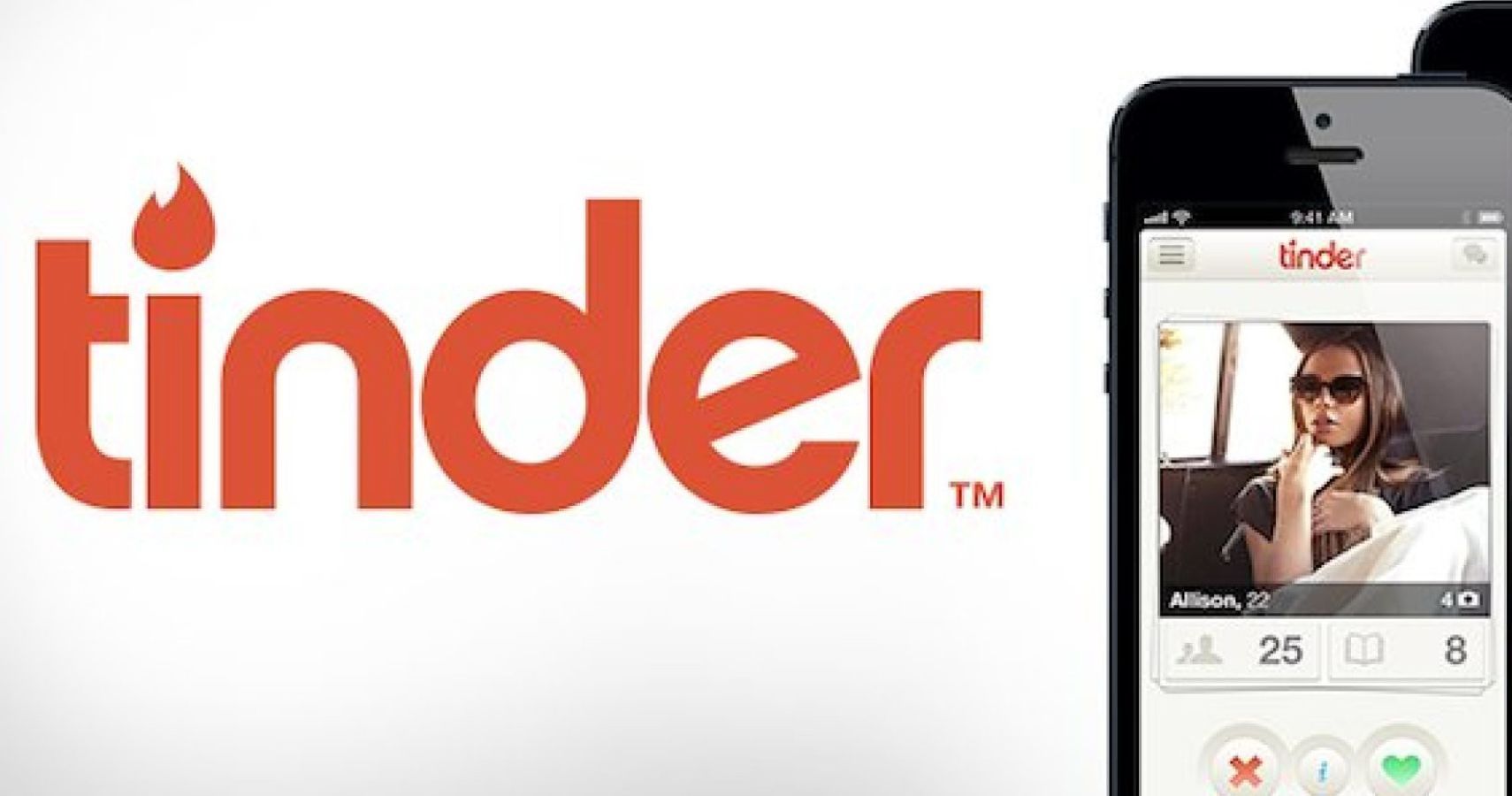Quick Links
In the early 2010s, a new dating app called Tinder hit the market, and it quickly gained popularity among singles worldwide. Fast forward to today, and Tinder has become a cultural phenomenon, with over 75 million monthly active users and a valuation of $42 billion. But how did a simple dating app become such a sensation? This article explores the evolution of Tinder and how this dating app became a $42 billion sensation.
The Evolution of Tinder
Tinder was launched in 2012 by a group of entrepreneurs who wanted to create a dating app that was simple and fun to use. The app's design was based on the concept of swiping, where users could swipe right to like someone or swipe left to reject them. This swiping feature was a game-changer, making the app easy to use and intuitive.
Initially, Tinder was marketed as a hookup app, but it quickly gained a reputation for being a platform for casual dating. However, as the app's popularity grew, so did its user base, which included people looking for serious relationships. To cater to this demographic, Tinder introduced new features, such as the ability to add more photos and a bio, and an algorithm that prioritizes matches based on shared interests.
Another key factor in Tinder's success is its gamification. The app's user interface is designed to be addictive, with features like Super Likes, which allow users to stand out and increase their chances of getting a match. Additionally, the app introduced a feature called Tinder Boost, which allows users to pay to have their profile shown to more people.
The Impact of Tinder on Modern Dating
Tinder has had a significant impact on the way people date and form relationships. The app has made dating more accessible, allowing people to connect with potential partners from anywhere in the world. It has also helped to break down traditional dating barriers, such as age, location, and social class. However, Tinder has also been criticized for promoting a "hookup culture" and for being superficial.
Critics argue that the app's focus on swiping and visual attraction encourages users to prioritize physical appearance over personality or compatibility. Additionally, the app's design has been accused of promoting a culture of instant gratification, where users are constantly swiping and looking for the next best thing.
Despite these criticisms, Tinder has undoubtedly revolutionized the way people date. It has created a new era of online dating, where swiping is the norm, and traditional dating methods are becoming less common. The app has also led to the creation of other dating apps, such as Bumble and Hinge, which have taken the swiping concept and added their own unique features.
The Success of Tinder’s Business Model
Tinder's success goes beyond its impact on modern dating. The app has become a massive business, generating billions of dollars in revenue each year. Since its launch, Tinder has experienced explosive growth, with millions of new users joining every year. As of 2023, the app has over 75 million monthly active users, making it one of the most popular dating apps in the world. The app's popularity has also translated into impressive financial results.
In 2020, Tinder's parent company, Match Group, reported revenue of $2.4 billion, with Tinder accounting for the majority of that revenue. Tinder's success has also allowed it to expand its market share. The app dominates the online dating industry, with a market share of over 50%. This dominance has made it difficult for competitors to gain a foothold in the industry, and many dating apps have struggled to compete with Tinder's user base and brand recognition.
One of the keys to Tinder's financial success has been its monetization strategy. While the app is free to download and use, it offers a range of paid features that users can purchase. These features include the ability to see who has liked your profile, the ability to undo swipes, and the ability to use Super Likes. Additionally, Tinder has introduced advertising on its platform, allowing businesses to reach millions of potential customers.
The Future of Tinder and Online Dating
As we look to the future of Tinder and online dating, it's clear that the industry is continuing to evolve. With the rise of social media and artificial intelligence, dating apps are becoming more personalized and intelligent. Tinder itself has introduced new features, such as video chat and virtual events, to help users connect in more meaningful ways.
However, as the dating industry continues to grow, so do the concerns about privacy and safety. Dating apps are increasingly being targeted by scammers and fraudsters, and there is a growing concern about the sharing of personal information. To combat these issues, Tinder and other dating apps are investing in security measures, such as identity verification and background checks.
In conclusion, the Tinder effect is real, and it has transformed the dating industry in ways that few could have predicted. What started as a simple dating app has become a cultural sensation, with a loyal following of millions of users worldwide. Tinder's success as a business is just as impressive as its impact on modern dating.
The app's explosive growth has made it one of the most popular dating apps in the world, and its dominance in the online dating industry has allowed it to generate billions of dollars in revenue. While the app's success is certainly impressive, it remains to be seen what the future holds for Tinder and the online dating industry as a whole.
Sources: Business of Apps, Startup Talky, Finty

